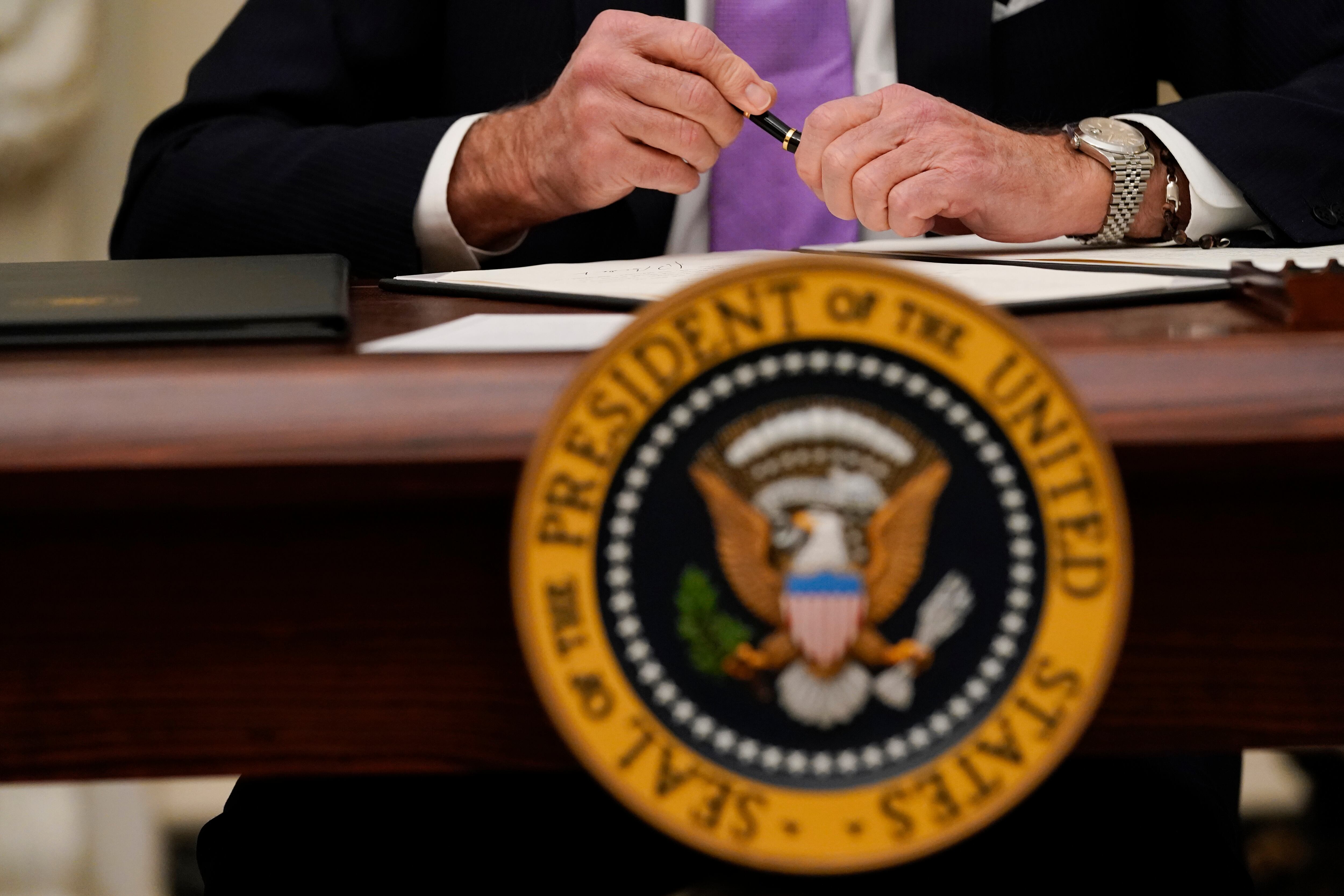Agencies may begin returning their workforces to general in-person work after July 19, as the Office of Management and Budget released guidance June 10 mandating that agencies finalize re-entry and post-reentry plans by that date, prior to increasing their in-person staffing.
“Prior to increasing the number of employees in the physical workplace, an agency must complete its phased plan for reentry and post reentry, ensure it has an updated COVID-19 workplace safety plan pursuant to current CDC guidelines, satisfy any applicable collective bargaining obligations, and provide ample notice to any affected employees,” the memorandum states,
“An agency may, on a limited basis, increase the number of employees or contractors in the physical workplace prior to taking one of those steps where necessary to meet urgent, mission-critical needs — any such action must be approved by the head of the agency, in consultation with OMB and OPM.”
RELATED

Buy June 18, all CFO Act agencies must submit a draft of such plans to OMB and submit a schedule for returning personnel to the office by July 9. Those two documents will make up the finalized plan.
And while agencies are not expected to publish or distribute such plans to the public or wider workforce, they have been instructed to disseminate the necessary materials to agency subcomponents, supervisors and employees to assure them of a safe return to work.
Agencies will also have to update their workforce safety plans to adjust for more employees working in the office again.
“Once reviewed by the Task Force and updated, and following satisfaction of any collective bargaining obligations, the agency should communicate its updated COVID-19 workplace safety plan to its employees, their representatives, and onsite contractors, and publish it on the agency’s website, prior to the agency initiating an increased return of employees and contractors to physical workplaces,” the memo states.
Return to work will also be contingent on what agency leaders and federal employee unions have determined to be the safest approach. Agencies will then have to give employees 30 days notice prior to requiring them to alter their work schedule or location.
Agencies should not require employees to get a vaccine or disclose their vaccination status, per OMB guidance, but they should use voluntarily-disclosed vaccination statuses to plan for workplace safety measures and accomodations.
“As we move forward, negotiations will address the procedures for implementing these new policies around return to worksites, and those negotiations will take into consideration the complex issues federal employees are facing, whether they’ve been teleworking or continuing to report to their regular worksites,” American Federation of Government Employees National President Everett Kelley said in a statement.
“We’re happy to see that the administration is not rushing or imposing any kind of uniform schedule but rather allowing agencies time to work with us for a safe re-entry that incorporates the lessons learned about both the advantages and disadvantages of telework.”
And though the guidance from OMB means that many employees will likely be returning to the office, at least in part, in the near future, it also encourages agencies to maintain telework as a workplace flexibility option for recruiting and retaining talent.
“OMB, [the Office of Personnel Management], and [the General Services Administration] anticipate that many agencies will leverage such personnel policies and associated flexibilities in their post-reentry work environments more expansively than was the case prior to the pandemic, informed by consultation with agency leadership, supervisors, employees and employee representatives, as well as by data about the federal workforce and the U.S. workforce at large,” the memo states.
Employees that teleworked successfully during the pandemic without a decline in performance or agency services will continue to be eligible for telework, under the OMB guidance.
“[The National Treasury Employees Union] also agrees that any employee who has teleworked successfully throughout the pandemic — and there are tens of thousands of them — is considered telework eligible from now on, even post-pandemic. This is an important distinction that will allow telework programs to be expanded wherever possible,” NTEU National President Tony Reardon said in a statement.
GSA also instructed agencies, as part of the memo, to consider workplace utilization and office needs to identify ways to improve existing workspaces, identify resources needed to promote more permanent remote work, untether some jobs from specific geographic locations and share space with other agencies.
Jessie Bur covers federal IT and management.





